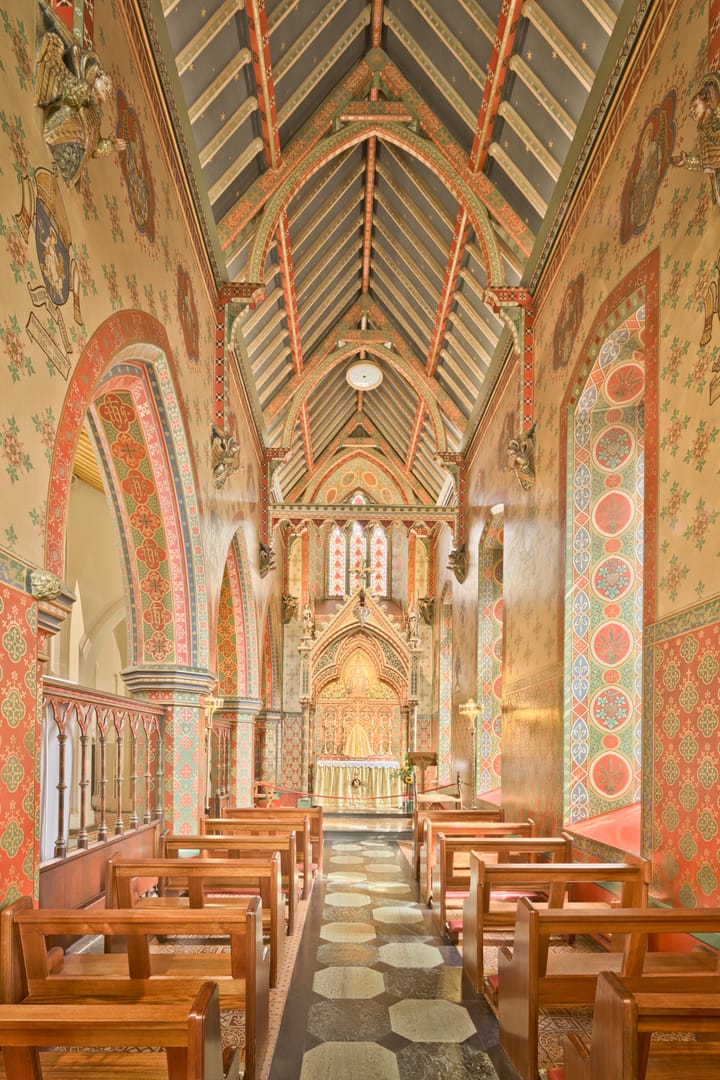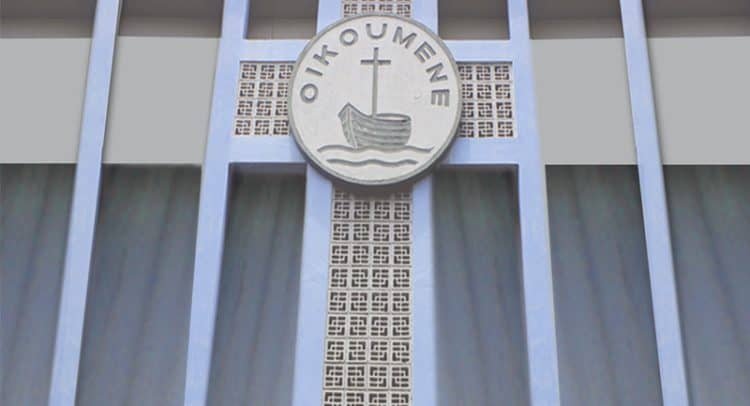LEICESTER, United Kingdom – Nottingham’s historic Catholic cathedral has received the offer of a grant to restore the building to its original Victorian glory.
Nottingham Cathedral was built in the 1840s as the Church of St. Barnabas soon after restrictions on the Catholic Church were lifted in the United Kingdom. It became a cathedral in 1852. It was designed by Augustus Welby Northmore Pugin, one of the key pioneers of the Gothic Revival architectural style in Britain during the early Victorian period. Pugin is most famous for his work on the Houses of Parliament and the clock tower housing Big Ben.
The “Restoring Pugin” project at the cathedral would restore the three chapels at the east end of the building to Pugin’s original vision and design. Project leaders say early investigations of the paintwork by conservators have showed that Pugin’s original decorative scheme, covered over with paint in the period following the Second Vatican Council, can be uncovered and “brought back to its former glory.”

The grant from the National Lottery Heritage Fund would amount to £277,558 ($310,738), and would cover around 60 percent of the development costs. There is also a potential delivery grant of £524,858 for the implementation phase – 60 percent of the total cost of the project.
“We are really delighted that The National Lottery Heritage Fund is generously supporting our plans to ‘Restore Pugin’ at Nottingham Cathedral. Thanks to National Lottery players, not only will we be able to restore some of Pugin’s magnificent original design work to the Cathedral but also to create a number of opportunities for young people to engage in conservation and heritage work,” Canon Malachy Brett, Dean of Nottingham Cathedral, said in a statement.
The cathedral serves a diocese that covers most of the East Midlands of England, including cities such as Leicester, Derby, and Lincoln.
The project to restore the cathedral is being conducted in partnership with Nottingham Trent University (NTU) and Culture Syndicates, a heritage and arts consultancy.
According to the diocese, the cathedral and its partners are taking the opportunity “to encourage and develop conservation skills in the heritage sector and to encourage people from diverse backgrounds to get involved in learning new skills.”
“This grant will create a number of exciting paid and volunteer opportunities for young people in the region, with a focus on diversity and inclusion. As the project develops, there will be events for the public to learn more about the restoration work and the science of paint analysis and conservation. It is anticipated that the work will put the Cathedral firmly on the heritage map of Nottingham, so that the story of Pugin and the outstanding beauty of his work can become better known to audiences both in the City, and further afield,” the diocesan statement said.

Professor Benachir Medidoub, Professor in Digital Architecture at Nottingham Trent University, said the project is also an opportunity to use the latest restoration tools.
“This project will use advanced digital technologies and real-time data, to pave the way to new pedagogical tools to educate our young people from different communities in heritage and conservation, and to support Nottingham Cathedral conservation through real-time monitoring,” he said.
Sophie Andreae, Vice Chair of the England and Wales Bishops’ Conference’s Patrimony Committee, called the project “really exciting.”
“The original Pugin decorative scheme in Nottingham Cathedral would once have filled the building with color, contributing greatly to the sense of the sacred. Following a number of grants in recent years which have seen the exterior of the cathedral made wind and watertight, now is the time to focus on the interior and to restore it to its original glory. The original painted decoration is there under layers of later paint just waiting to be revealed,” she said.
Follow Charles Collins on Twitter: @CharlesinRome














